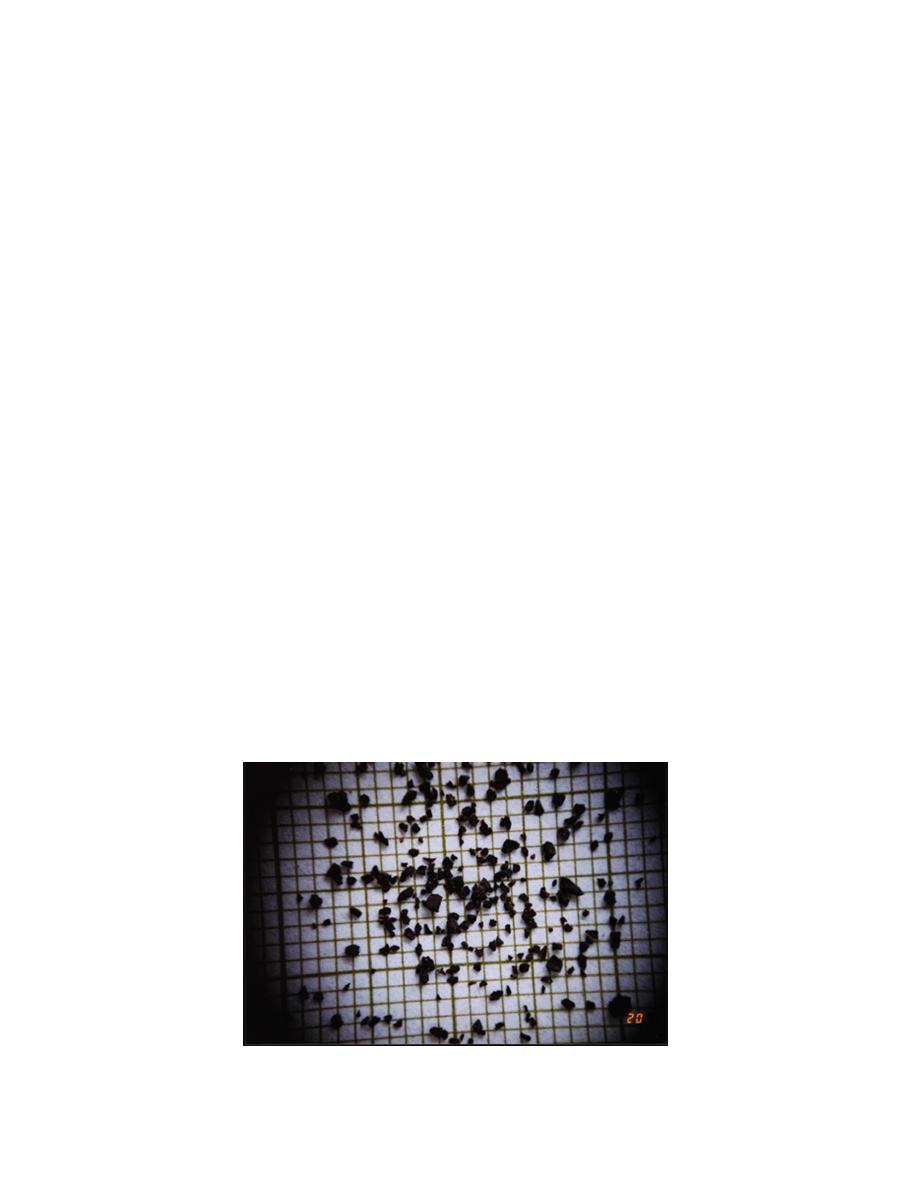
A Device for Mechanical FreezeThaw Conditioning of Alum Sludge
C. JAMES MARTEL, ROSA T. AFFLECK AND MELINDA L. YUSHAK
INTRODUCTION
tation costs. Thickened alum sludge produced at
Background
the plant typically contains only 2% solids (98%
Disposal of alum sludge can be a major con-
water). Therefore, some method of dewatering is
cern for water treatment plants, including those
needed before alum sludge can be placed in a
at military installations. The traditional practice
landfill or land applied.
of discharging the sludge directly into a nearby
Alum sludge is widely recognized as one of
stream is becoming less acceptable because these
the most difficult sludges to dewater. About 40%
discharges can violate state stream standards.
of the water is chemically bound to the particles,
Discharging the sludge into a sewer line is often
which is difficult to remove by conventional
used as an alternative. However, many plants are
methods such as vacuum filters, belt presses or
unable to use this alternative because they are not
centrifuges. With the aid of expensive polymers,
located near a sewer line or the treatment plant is
these processes may be able to increase the total
unable to accept their discharge.
solids content up to 20%. However, this is not
Because of the restrictions to stream and sewer
usually the case, and often the sludge is not dry
discharges, many water treatment plants have
enough to meet landfill requirements.
turned to landfilling or land application as dis-
In contrast to conventional dewatering meth-
posal methods. Most landfill regulations require
ods, freezethaw conditioning followed by grav-
a minimum of 20% solids and no evidence of free
ity filtration can easily dewater this sludge with-
flowing liquid. Volume reduction prior to land
out polymers. The process of freezethaw condi-
application is often necessary to reduce transpor-
tioning changes the sludge from a suspension of
Figure 1. Sample of freezethaw-conditioned alum sludge on a 1.0-
mm-square grid.





 Previous Page
Previous Page
